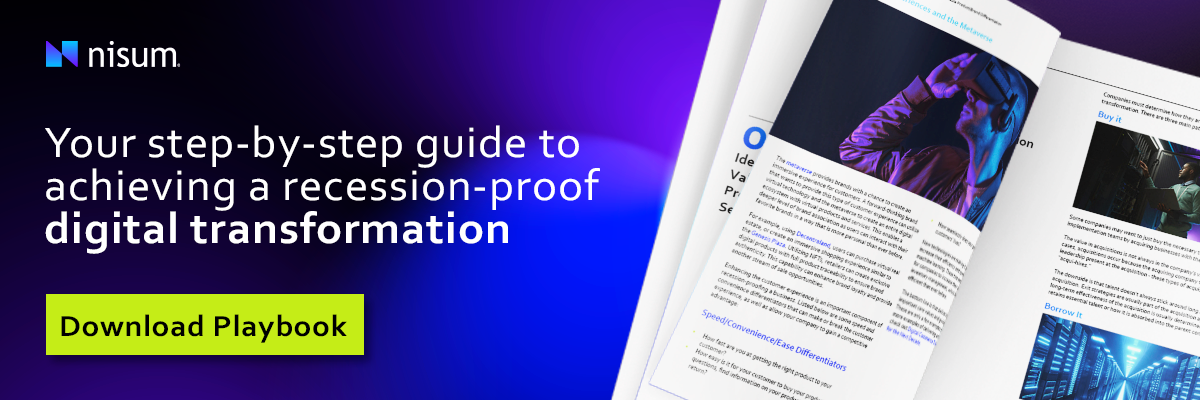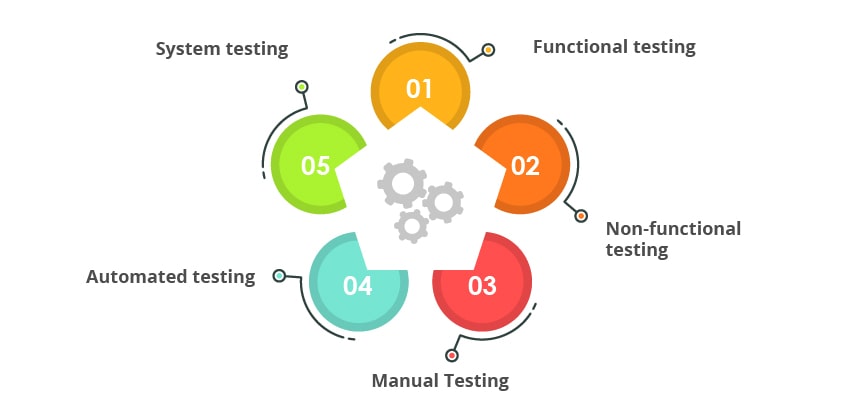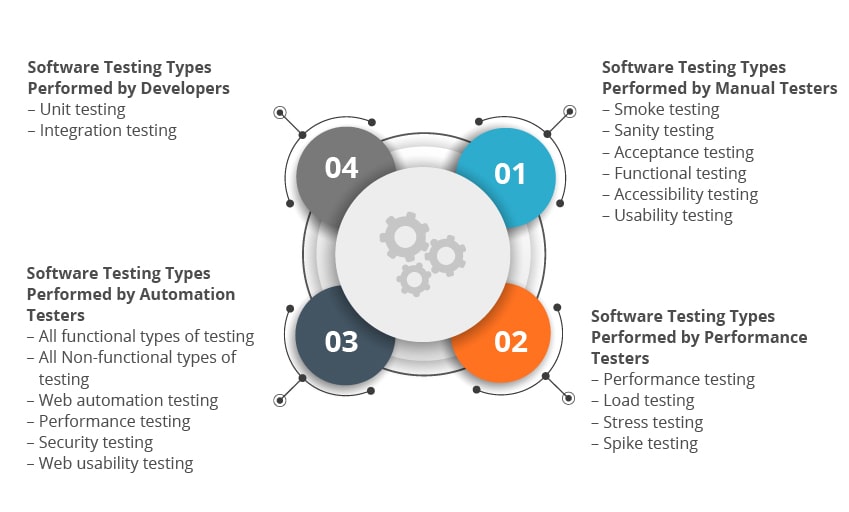 Picture Credit: Unsplash
Picture Credit: Unsplash
There is an ever-growing appetite for a faster, cheaper, and better software development and delivery methodology. Digital transformations have led to an exponential change in what business owners expect. This has also caused changes to how organizations architect solutions and approach development modes, and thereby how they change what the customer experiences.
Businesses have jumped from a set cadence of 3 to 4 releases a year to multiple releases per month. They have had to revamp, and in many cases change, their delivery model from Waterfall to Agile and DevOps to meet this accelerated release cadence.

Unfortunately, in this desire for speedier dev cycles, Quality Assurance (QA) has been put on the back burner. You will eventually pay a heavy price when you consider QA an afterthought. The best-laid plans, tools, and development are useless if products do not meet their quality criteria. In worse scenarios, a critical bug released due to even a minor oversight can result in a poor customer experience, which sets into motion a cycle of revenue loss.
How can organizations achieve a quality-led digital transformation approach without compromising speed or costs?
Everyone Shares Responsibility and Is Integral to a Quality-Driven Delivery
One of the central tenets in DevOps is to make the testing and development process more cohesive and in line with the final product. New cloud-based applications and real-time changes demand frequent updates to meet consumer demands.
The true goal DevOps is trying to achieve is to embed QA throughout the lifecycle and accomplish a fluid, error-free, and faster go-to-market cycle.
The lines between developers' and testers' roles are blurred in Agile methodology, making QA a priority and a shared responsibility among all team members.
Set Up Acceptance Criteria When Planning
The good news is that dev and test teams can quickly and easily achieve a quality-led approach by documenting standard quality acceptance criteria. They need to define and publish tangible quality aspects that applications must meet to succeed. This gives developers set guidelines and acceptance criteria to validate all builds. Doing the pre-work and developing standards beforehand will save considerable time and ensure high-quality releases.
Include Both Developers and Testers During the Planning Phase
Make sure to involve developers in the planning phase. Their valuable insight and instant feedback will enable you to set better expectations, leading to better builds. Similarly, by including testers at the start, they can discuss their testing approaches and strategies, which will help build teams avoid missing any requirements and validations.
Set Up Continuous Testing Environment Focused on People, Processes, and Tools
Many organizations have recognized that the traditional test management approach does not work in cloud-based infrastructures and have had to modernize their testing frameworks. Many have chosen to use the Continuous Testing concept, a proven mantra for DevOps and digital transformation success.
The adoption of Continuous Testing can ensure quality-driven digital transformation, but there is a catch: Digital Transformations take time and correct resource alignment, both of which need to be managed. Executing a Continuous Testing plan correctly depends on three parameters – People, Processes, and Tools.
People
Both Digital and Testing transformations require a radical shift from legacy methods to a modern and Agile way of working. This requires support from internal team members and training to ensure the methodologies implemented are put into place as they work and continuously test their work.
Processes
It is also essential that innovations and efficiencies are put in place. Deploying automated processes will assist teams and streamline work and communications to achieve faster releases without any manual intervention. An example is a CI/CD pipeline orchestration with a Continuous Testing setup.
Tools
Continuous Testing cannot succeed without the proper tools. You cannot achieve successful transformations using the same old legacy tools that cause bottlenecks and slow down your QA processes. New Agile-based tools, such as Jira, Jenkins, JMeter, Selenium WebDriver, and Appium provide the best integration support across the business so that Project, Dev, and QA teams can deliver seamless integrations that will drive quality-driven digital transformation.
The 5 Main Types of Software Testing
 Source: TestingXperts
Source: TestingXperts
 Source: TestingXperts
Source: TestingXperts
Increase Automation Use
Manual testing alone cannot address the scalability and varied needs of various web browsers, devices, platforms, and systems. It is simply inefficient. This is why automation plays such a vital role in enabling continuous testing and guaranteeing both speed and accuracy.
Agile teams identify and resolve issues early on during the lifecycle and ensure a continuous feedback loop essential for DevOps by implementing increased test automation. This practice provides more Testing, improved test coverage, and faster releases without taking up resources' time and effort.
Measure Success and Bypass Risks With Actionable Insights
DevOps and Digital Transformation need continuous monitoring and process improvement. Reporting via Quality Analytics will provide insights into the test's progress, productivity, and overall application quality. Businesses gain a real-time view of test quality across teams and projects when using the right tools and reports. This reporting practice will prove ever more critical as both solutions and tests grow in volume and complexity.
Quality metrics offer needed insights and actionable intelligence from your test data to shorten feedback loops and reduce processing and resolution times. Complete visibility of traceability helps identify risks and helps determine the next steps for further validation.
In short, continuous monitoring and reporting on test management and quality analytics help you stay one step ahead of the game.
Successful Digital Transformations Need Proper Quality Assurance
Digital transformations are not only about technology, but also about people, processes, and commitment. It takes a mindset and culture change to invent new and better ways to meet and improve business goals and deliver more satisfying customer experiences. Quality Assurance will continue to play a vital and critical role in achieving the golden DevOps triangle of Speed, Quality, and Cost. Reach out to Nisum’s Digital team today to learn how we can support your company’s digital transformation and quality assurance needs.



